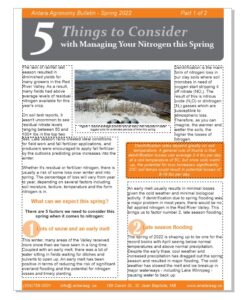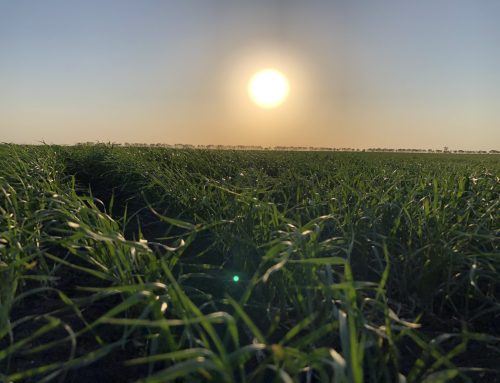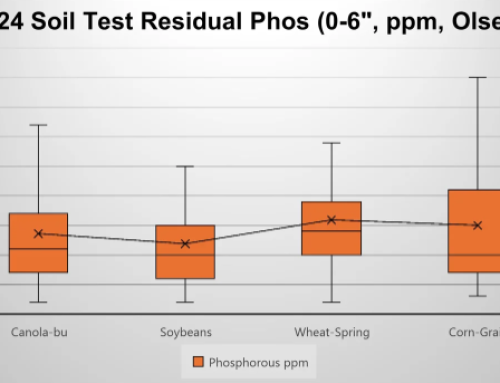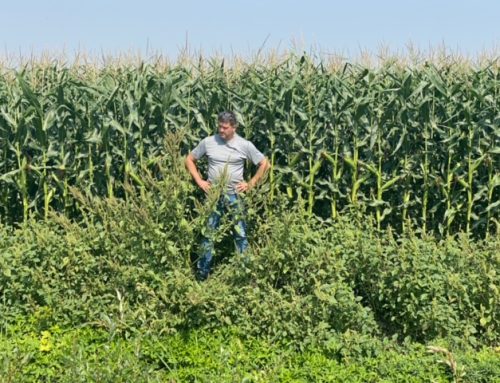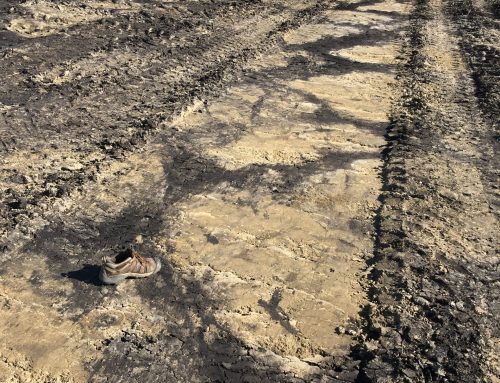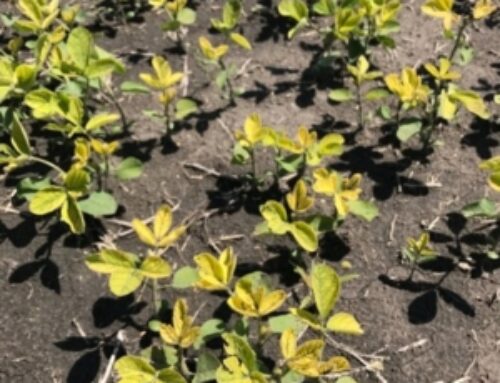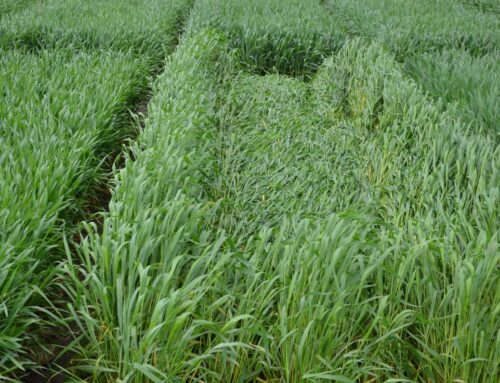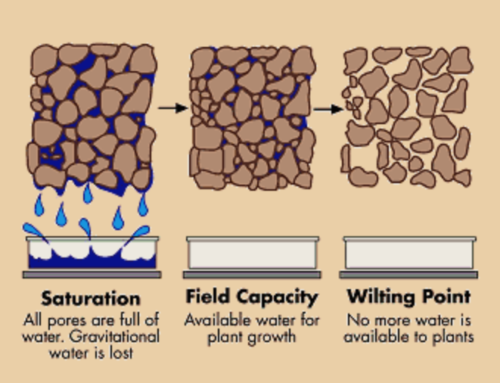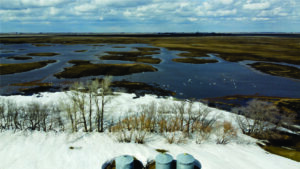
The lack of rainfall last season resulted in diminished yields for many growers in the Red River Valley. As a result, many fields had above average levels of residual nitrogen available for this year’s crop. On soil test reports, it wasn’t uncommon to see residual nitrate levels ranging between 50 and 100+ lbs in the top two feet. Late season rains created ideal conditions for field work and fall fertilizer applications, and producers were encouraged to apply fall fertilizer by the outlooks predicting price increases into the winter.
Whether it’s residual or fertilizer nitrogen, there is usually a risk of some loss over winter and into spring. The percentage of loss will vary from year to year, depending on several factors including soil moisture, texture, temperature and the form nitrogen is in.
Here are 5 factors we need to consider this spring when it comes to nitrogen:
1. Lots of snow and an early melt
This winter, many areas of the valley received more snow than we have seen in a long time. Coupled with an early melt, there was a lot of water sitting in fields waiting for ditches and culverts to open up. Denitrification is the main form of nitrogen loss in our clay soils where soil microbes in need of oxygen start stripping it off nitrate (NO3). The result of this is nitrous oxide (N2O) or dinitrogen (N2) gasses which are susceptible to atmospheric loss. Therefore, as you can imagine, the warmer and wetter the soils, the higher the losses of nitrogen.
2. Late Season Flooding
The spring of 2022 is shaping up to be one for the record books with April seeing below normal temperatures and above normal precipitation. Despite the early thaw, cool weather and increased precipitation has dragged out the spring season and resulted in major flooding. The original crest on the Red River occurred in late March, but it has since been replaced by a 2nd, even higher crest that is not slated to happen before the 2nd week of May.
This year the crest is a full three weeks later than the crest in 2009 and 4-5 days later than it was in 2013, which was the latest crest in recent history. This will increase our risk of N losses to denitrification.
3. Many fields are still overly wet
Although it has been cold enough to minimize denitrification up to this point, even without flooding, cold weather and additional precipitation has kept things overly wet in many fields. The real question is what will conditions be like once the water recedes, given the late crest? An interesting thing to note is the difference in soil temperatures due to standing water. Water is a great heat conductor and it can lead to greater N losses during spring thaw.
4. Where is the nitrogen?
Dry conditions in 2021 resulted in higher-than-normal levels of residual nitrogen. Composite soil tests revealed levels between 50-100lbs on many fields. Composite soil tests are an average representation of what is in the field. One of the problems is as levels increase, so do the chances that nitrogen levels varying considerably in different areas of a field. So, an average 50-100 lbs of nitrogen on a soil test may mean there could be 150 on hilltops and only 30-40 in low spots. Weather this spring will only compound the problem where nitrogen losses will be higher in wetter parts of the field. Losses will also be higher if the nitrogen is near the surface vs in the subsoil.
5. What form is the nitrogen?
Fall applied nitrogen is at an increased risk of denitrification losses, being so close to the surface. The degree of loss will depend on the type of fertilizer, how and when it was applied. Deep banded nitrogen 4″ or deeper is safer than shallow placed nitrogen.
Banded nitrogen is also generally safer because the concentrated bands suppresses microbial activity and conversion to more susceptible forms. The form of nitrogen and when it was applied are additional factors to consider when assessing loss potential. Fertilizer placed into cold soils (less than 5°C) is slower to convert into susceptible forms. This is why fall application is not recommended before soils cool. Urea is also more readily converted to susceptible forms than NH3, is; this is why experts recommend waiting even longer before applying it in the fall.
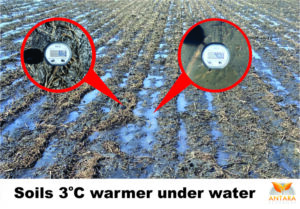
In conclusion, heading into last fall, we already had nitrogen levels that were already quite variable in fields; add spring conditions that are conducive to increased denitrification, and we potentially have even more nitrogen variability that we will have to contend with. There is a serious chance that some parts of your fields will have inadequate nitrogen levels to meet the needs of this year’s crop.
In our next bulletin (Part 2) we will look at five strategies that can help you get a better understanding of your nitrogen variability and how to measure it. The good news is that nitrogen deficiencies can be fixed using a variety of sources, application methods, and timings.
If you would like to learn more about the risk of nitrogen losses this spring and what it means for the crop, download part one of our spring bulletin titled ” 5 Things to Consider when Managing Nitrogen this Spring“

